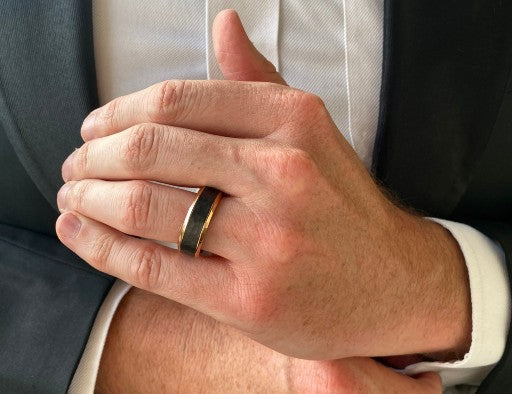Introduction: Unraveling the Mystery of Blood Diamonds
Diamonds have long been symbols of wealth, romance, commitment. But what if these glittering gems were stained with violence conflict? Blood diamonds, also known as conflict diamonds, are diamonds that have been mined in war zones sold to finance armed conflict. The very mention of blood diamonds raises many questions. What is the true cost of these precious stones? How do they impact societies? And, perhaps most importantly, what can be done to stop the flow of conflict diamonds?
The Origins of Blood Diamonds
To understblood diamonds, we need to delve into their origins. In the 1990s, countries in Africa, including Angola, Sierra Leone, the Democratic Republic of the Congo, experienced brutal civil wars. Rebel groups exploited diamond-rich regions to fund their military campaigns. The diamonds were smuggled out of these countries entered the global diamond market, eventually finding their way into jewelry stores engagement rings. The revenue from these diamonds fueled further violence suffering.
The Human Cost of Blood Diamonds
The impact of blood diamonds on local populations is devastating. People living in conflict zones often face violence, displacement, exploitation. Many are forced to work in dangerous conditions in diamond mines, while others are caught in the crossfire of armed groups. Amnesty International other human rights organizations have documented numerous cases of human rights abuses related to blood diamonds, including forced labor, child labor, violence against civilians.
The Kimberley Process: A Global Response
In response to the outcry over blood diamonds, the international community established the Kimberley Process Certification Scheme (KPCS) in 2003. The KPCS is designed to prevent conflict diamonds from entering the legitimate diamond market. Under this process, participating countries must certify that diamonds are conflict-free before exporting them. While the Kimberley Process has made significant strides in reducing the trade of blood diamonds, it has faced criticism for loopholes weak enforcement.
The Role of Consumers in Stopping Blood Diamonds
What can consumers do to avoid supporting the blood diamond trade? The first step is awareness. By understanding the origins of their jewelry, consumers can make informed choices. Reputable jewelers often provide certification proving their diamonds are conflict-free. Ethical consumers can also consider lab-grown diamonds or recycled diamonds as alternatives to mined diamonds. Additionally, advocating for stronger regulations supporting organizations working to end the trade of blood diamonds can make a difference.
A Glimmer of Hope: The Future of Conflict-Free Diamonds
Despite the challenges, there are signs of progress in the fight against blood diamonds. Advances in technology allow for greater traceability, making it easier to identify the source of diamonds. Companies that promote ethical practices sustainability are gaining popularity. Additionally lab made diamonds, the growing demfor lab-grown diamonds is creating a viable alternative that does not involve conflict.
Conclusion: Turning the Tide on Blood Diamonds
The journey to a conflict-free diamond industry is not without its challenges, but progress is being made. As consumers become more aware companies commit to ethical practices, the industry can move towards a future where diamonds truly symbolize love beauty without the shadow of violence. Ultimately, the power to change lies in the hands of both consumers the industry. By making informed choices supporting ethical practices, we can ensure that diamonds are more than just beautiful—they are a force for good.




